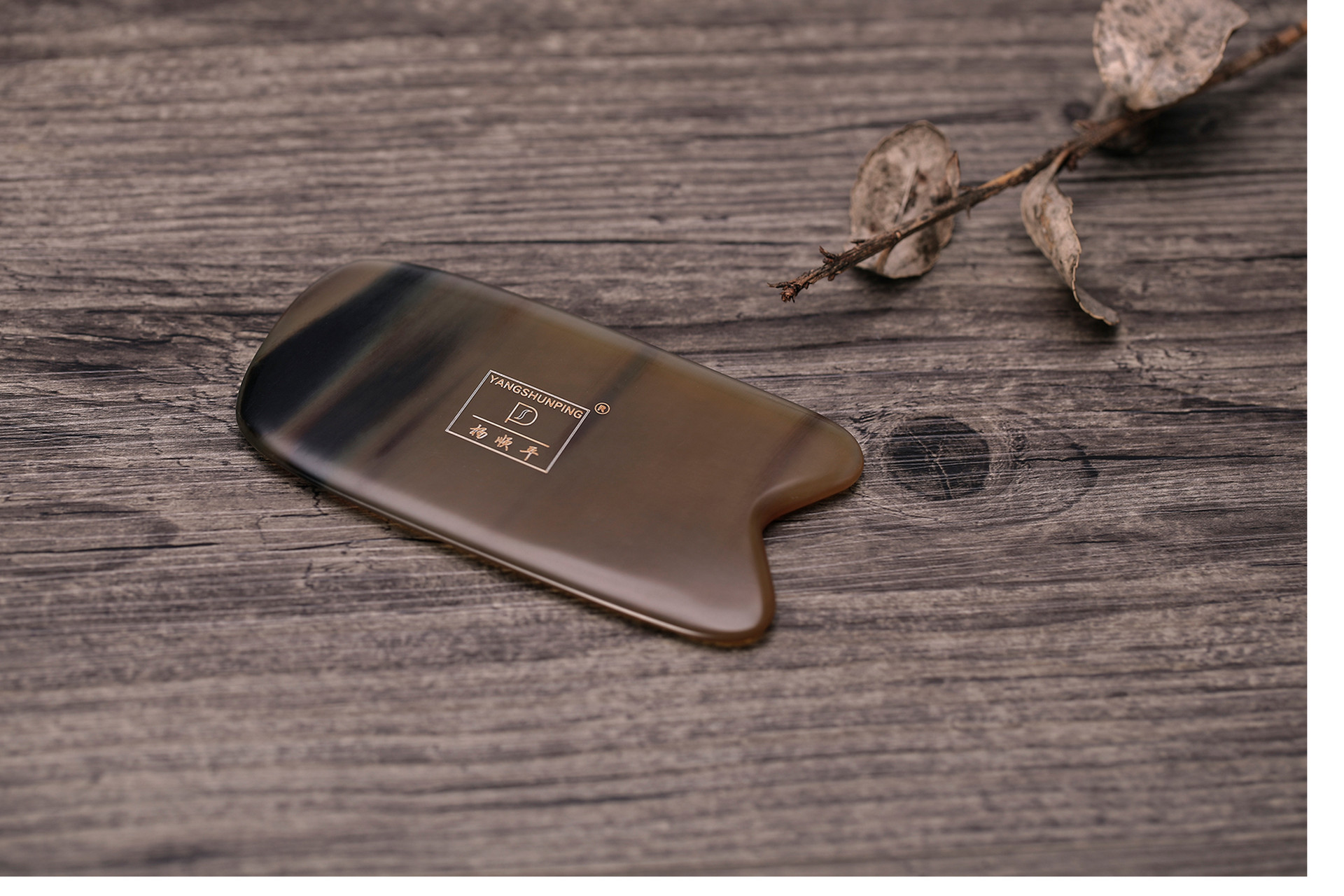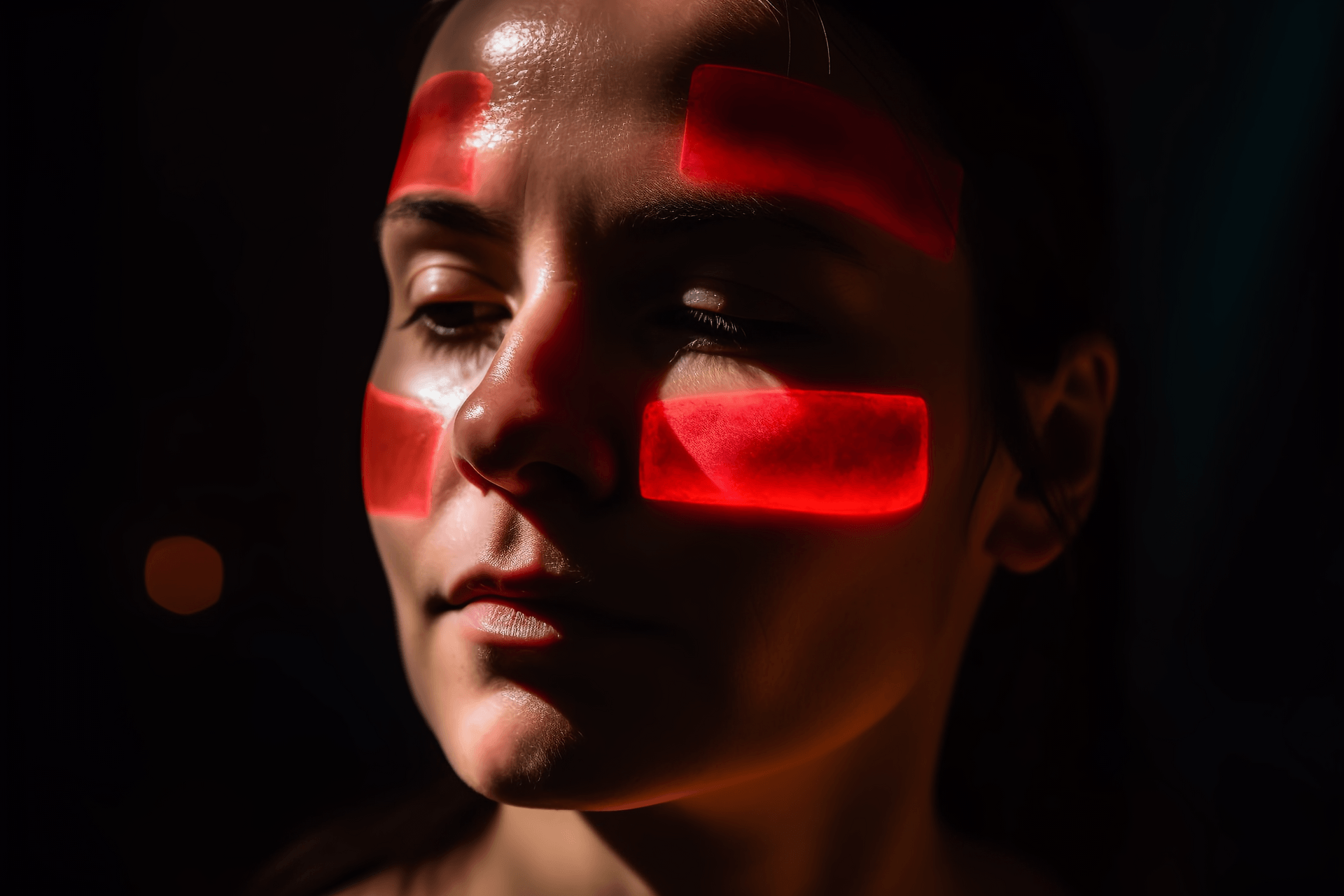Classification of scraping methods: Scraping methods are mainly divided into scraping method, pinching method, picking method, and releasing method.
1. Scraping method
This is the most commonly used method. The scraping is usually done on the back or sides of the neck. Depending on the condition, it can also be done on the sides of the neck, chest, spine, inside of the arms or inside of the knees. The patient should be in a comfortable position, with the exposed area cleaned with warm water. Smooth coins, copper spoon handles, porcelain bowls, medicine spoons, organic glass buttons, or special scrapers are used to repeatedly scrape and rub the specific areas of the body. The scraping medium (such as scraping oil, cold water, sesame oil, or concentrated herbal extract) is applied to reduce resistance during scraping, prevent skin abrasion, and enhance the therapeutic effect. The scraping can be done directly or indirectly.
(1) Direct scraping: The skin of the area to be scraped is washed with a hot towel, and then the scraping medium is evenly applied. The scraping tool is directly applied to the skin and repeatedly scraped until petechiae appear under the skin.
(2) Indirect scraping: A thin cloth or similar material is placed on the area to be scraped, and then the scraping tool is used to scrape on the cloth. This method protects the skin and is mainly used for children, high fever patients with onset of seizures, elderly and frail individuals, and certain patients with skin diseases.
2. Pinching method
Depending on the technique, it can be divided into pinching method, pulling method, squeezing method, tapping method, and kneading method.
(1) Pinching method: Also known as "pinching nodules" in folk medicine, this method involves applying scraping medium to the area to be treated, and then using the fingers to pinch and pull the skin, creating a hook-like shape with the middle and index fingers. The skin and muscles are pinched and pulled outward and then released, creating a "snap" sound. This process is repeated 6-7 times on the same area until petechiae appear. This method does not require any tools, only fingers.
The pinching method is flexible and can be used on different parts of the body depending on the condition. It is a very practical self-treatment method for headaches, fever, and general weakness.
The specific method is as follows: The patient sits or lies down, with the treated skin exposed. The person performing the pinching bends the middle and index fingers into a hook shape, dips them in cold water, and then pinches the skin with the side of the second joint of the index and middle fingers, creating a "snap" sound.
During pinching, the skin should be pinched, pressed, and twisted, and then released quickly. The force of pinching can rupture the capillaries under the skin, causing local blood extravasation and resulting in local petechiae. Generally, pinching is performed 6-10 times in the same area until blood marks appear on the skin.
If the condition is severe, stronger force should be used until the skin becomes red. Pinching can cause strong traction on the skin, leading to local and systemic reactions. The treated skin may become flushed and slightly painful, but after the petechiae are pinched out and local blood stasis occurs, the patient will feel relieved. This method is suitable for areas with less tension in the skin, such as the head, face, abdomen, neck, shoulders, and back.
(2) Pulling method: In a certain area or acupoint of the patient, the skin is pulled forcefully using the thumb and index finger, causing the epidermis to turn purple-red or dark red. This method, known as the pulling method, is used to treat diseases. In China, when experiencing symptoms or discomfort caused by heat and dampness, people often use their fingers to repeatedly pinch and pull the skin until local blood stasis occurs.
During pulling, the patient can sit or lie down, with the affected area of the skin fully exposed. The practitioner dips the thumb and the second joint of the index finger in cold water, pulls up a portion of the skin and subcutaneous tissue, and pulls and twists it to one side, then releases it quickly. Alternatively, the skin can be pinched and pulled with the fingertips of the thumb, index finger, and middle finger, using the same method described above, repeatedly pulling and twisting in a certain direction, back and forth several times until the pulled skin turns red. If the condition is severe, the pulling force can be increased until the skin becomes red. Pulling has a strong traction force on the skin, which can cause local and systemic reactions. The patient may feel pain in the treated area and a sense of relief throughout the body after pulling.
This method is mainly applied to the head, neck, back, and temples and forehead areas. It is simple to perform and easy to master.
| 1 2 > >> >>|




